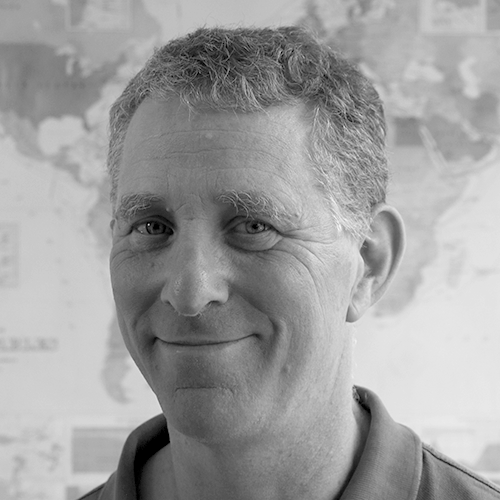According to NASA, light travels at a constant, finite speed of 186,000 mi/sec.
So the speed of light never changes. End of blog post, right?
Wrong.
This calculation only holds up in free space. The speed of light is slowed down when it goes through matter. This includes glass, which is why fiber optic fans care about calculating the impact glass has on the speed of light.
New question: how fast does light travel through a fiber optic cable?
Fiber cables are mostly crafted from silica, in which light travels slower.
And even though researchers are getting closer and closer to building fiber optic networks that approach the speed of light, the electromagnetic radiation traveling through undersea cables has been foiled by glass again and again. The going estimate is that light travels about 31% slower in fiber optic networks than in free space.
Did you want more numbers? Because we have more numbers.
First we must mention the refractive index, a number that helps us understand how light passes through a medium. For our math fans, it looks like: “n=c/v,” with c as the speed of light and v as the phase velocity of light in that medium. (If this is the type of info you came to this blog post for, you’re gonna love this.)
When it comes to fiber optic cables, the refractive index of a single-mode fiber varies. For the sake of looking at more numbers, this post posits that a good estimate is around 1.467. If we use that index, the speed of light is more like 124,188 miles per second when it’s passing through those fiber optic cables under the sea.
In a nutshell? That 186,000 mi/sec figure you memorized in high school physics class is technically correct, but only in a vacuum.
Paul Brodsky
Paul Brodsky is a Senior Research Manager at TeleGeography. He is part of the network, internet, cloud, and voice research team. His regional expertise includes Europe, Africa, and the Middle East.





